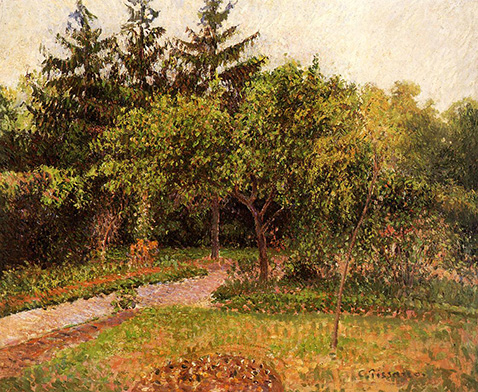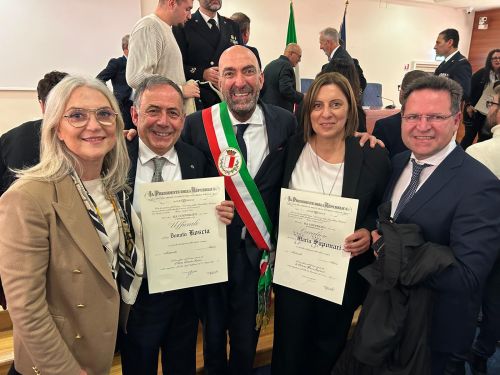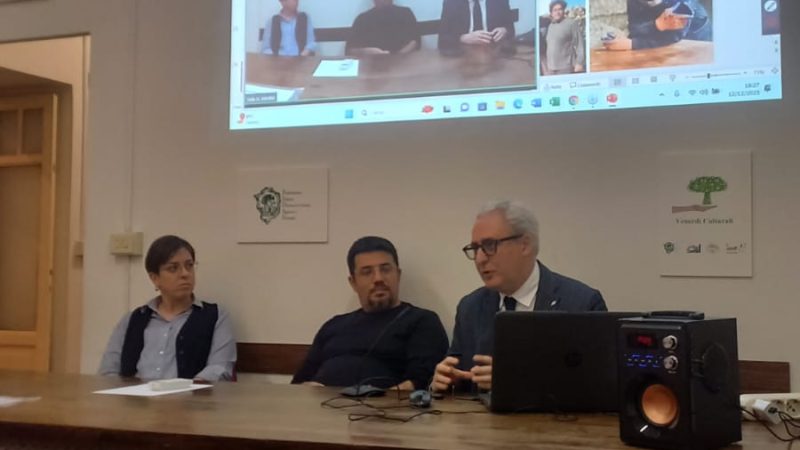Guidelines on urban and peri-urban forestry

Although cities occupy only 2 percent of the planet’s surface, their inhabitants use 75 percent of its natural resources. The world is urbanizing quickly, too: by 2050, 70 percent of the global population will live in cities and towns. Sustainable urban development is crucial, therefore, for ensuring the quality of life of the world’s people. Forests and trees in urban and peri-urban environments, if properly managed, can make important contributions to the planning, design and management of sustainable, resilient landscapes. They can help make cities:
• safer – by reducing stormwater runoff and the impacts of wind and sand storms, mitigating the “heat island” effect, and contributing to the adaptation and mitigation of climate change;
• more pleasant – by providing space for recreation and venues for social and religious events, and ameliorating weather extremes;
• healthier – by improving air quality, providing space for physical exercise, and fostering psychological well-being;
• wealthier – by providing opportunities for the production of food, medicines and wood and generating economically valuable ecosystem services; and
• more diverse and attractive – by providing natural experiences for urban and peri-urban dwellers, increasing biodiversity, creating diverse landscapes, and maintaining cultural traditions.
To support the world’s cities in reaping the benefits of urban and peri-urban forests, a few years ago FAO initiated a collaborative process to develop voluntary guidelines aimed at optimizing the contributions of forests and trees to sustainable urban development. Scientists, practitioners and public administrators from cities worldwide were brought together in a series of workshops to discuss the elements and key challenges of urban forestry, and a smaller team of experts was assembled to distil this vast knowledge. This document is the ultimate result of that process. It is intended for a global audience, primarily comprising urban decision-makers, civil servants, policy advisors and other stakeholders to assist in developing urban and peri-urban forests as a way of meeting the present and future needs of cities for forest products and ecosystem services. The guidelines will also help increase community awareness of the contributions that trees and forests can make to improving quality of life, and of their essential role in global sustainability.
I thank all those involved in producing this document, which, I have no doubt, will help ensure that cities worldwide maintain and enhance the well-being of their citizens and the global environment…
René Castro-Salazar Assistant Director-General, FAO Forestry Department






